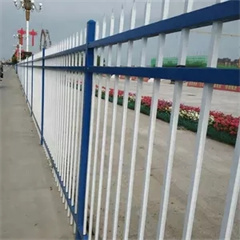Legal regulations for signboard placement vary by country, state, city, and even local municipality. These regulations are put in place to ensure public safety, maintain aesthetic standards, and prevent clutter in public spaces. When planning to install a signboard, it’s essential to research and comply with the relevant laws and regulations in your area. Here are some common legal considerations for signboard placement:
- Zoning Laws:
- Most areas have zoning ordinances that dictate where and how signs can be placed. Zones are typically designated as residential, commercial, industrial, etc. The type, size, and location of signs allowed can vary significantly depending on the zoning of the property.
- Permits and Approvals:
- You may need permits or approvals from local government authorities bere installing a signboard. The application process often includes submitting detailed plans of the sign’s design, location, and dimensions.
- Size and Height Restrictions:
- There are usually limits on the size and height of signboards. These restrictions help ensure that signs do not obstruct views or pose safety hazards.
- Setback Requirements:
- Regulations often specify how far a signboard must be set back from the property line, roads, sidewalks, and other structures. This is to maintain clear sightlines and pedestrian safety.
- Illumination and Lighting:
- Rules regarding the illumination of signboards are common. These regulations may specify the type of lighting allowed, the hours during which signs can be illuminated, and light intensity to prevent light pollution.
- Historic and Aesthetic Considerations:
- In historic districts or areas with specific aesthetic standards, there may be guidelines for signboard design and materials to ensure they blend with the surroundings.
- Temporary vs. Permanent Signs:
- Temporary signs for events or promotions may have different regulations compared to permanent signs. Duration, placement, and size limitations may apply.
- Signboard Maintenance:
- Some regulations require signboard owners to keep their signs in good repair. Neglected or damaged signs may need to be removed or repaired promptly.
- Safety Standards:
- Signboards must meet safety standards to prevent accidents. This includes considerations like wind load calculations for freestanding signs and proper anchoring.
- Signboard Removal:
- Regulations often specify when a signboard must be removed, especially if a business closes or relocates.
- Signboards in Public Rights-of-Way:
- Special regulations may apply if you plan to place a signboard in a public right-of-way, such as on a sidewalk or median. Many jurisdictions restrict or prohibit such placements.
- Enforcement and Penalties:
- Violating signboard regulations can result in fines, removal orders, or other penalties. It’s essential to be aware of the consequences of non-compliance.
To navigate the legal aspects of signboard placement, consider consulting with a local zoning or planning department, or seeking legal advice. Additionally, many jurisdictions provide guidelines and resources online to help business owners and individuals understand and adhere to signboard regulations in their area.







